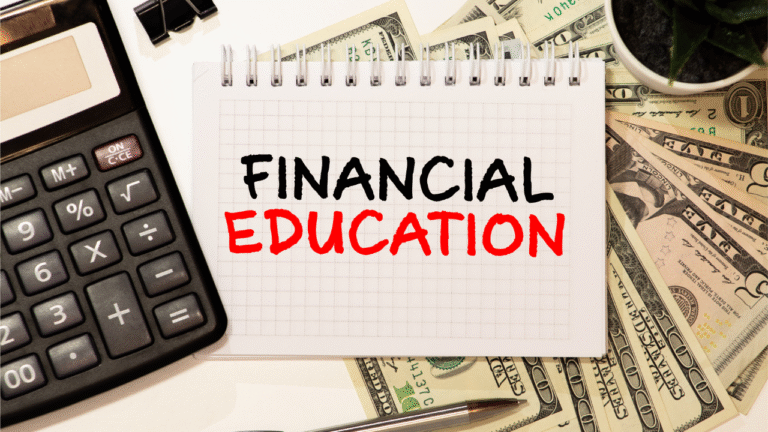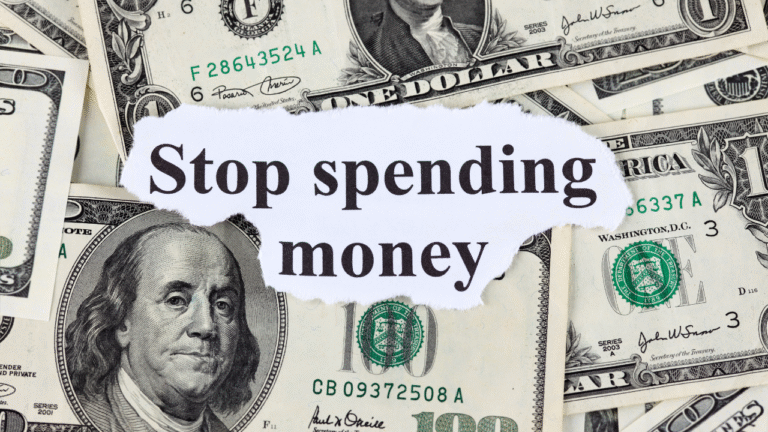In 2025, student loan interest rate changes are making headlines — and if you’re a borrower, you might be wondering how these updates affect you. Whether you have federal loans, private loans, or are just starting to think about college financing, knowing if you’re on the list of affected borrowers could save you thousands over the life of your loan.
Here’s a complete breakdown of what’s happening, who’s impacted, and what steps you should take now.
Table of Contents
📢 What’s Changing in Student Loan Interest Rates?
Interest rates for federal student loans are adjusted annually, and in 2025, the rates have shifted again — influenced by inflation, federal monetary policy, and economic trends. For many borrowers, this could mean higher monthly payments or a longer time to pay off their debt.
- Federal Loans: Undergraduate and graduate borrowers may see rate increases of up to 0.5% compared to last year.
- Private Loans: Lenders are also adjusting their rates based on market conditions, with some offering refinancing opportunities to compete.
- Variable-Rate Loans: If your loan’s interest rate isn’t fixed, expect fluctuations in your monthly bill throughout the year.
These changes are especially significant for new borrowers, but even existing loan holders could feel the impact if they plan to refinance or consolidate.
💡 Why the Changes?
The primary driver behind student loan interest rate changes is the economy. When the Federal Reserve adjusts interest rates to control inflation, it directly affects the rates on federal student loans, which are tied to the 10-year Treasury note.
Other factors include:
- Rising Inflation: Higher inflation often pushes interest rates upward.
- Government Debt Management: Adjustments in federal borrowing can impact loan pricing.
- Market Competition: Private lenders modify rates to stay competitive.
📋 Who’s on the List?
You’re likely affected by the 2025 rate changes if you:
- Took out new federal student loans after July 1, 2025.
- Have variable-rate private loans that adjust with market changes.
- Are refinancing or consolidating in 2025.
- Are still in school or grace period and will soon enter repayment.
Borrowers with older fixed-rate loans will see no change to their current rate — but refinancing could expose you to the new rates.
💰 How It Could Affect Your Wallet
Even small shifts in interest rates can mean big differences over time. For example:
- A 0.5% increase on a $30,000 loan over 10 years could cost you over $800 more in interest.
- Borrowers with high debt balances will feel the biggest impact, especially if they’re in extended repayment plans.
If you’re on the list, reviewing your repayment strategy now can help you avoid paying more than necessary.
📊 What You Should Do Next
- Check Your Loan Type and Terms 📝
Log in to your loan servicer’s website and review your interest rate, whether it’s fixed or variable, and your current repayment plan. - Estimate the Impact 📈
Use a loan calculator to see how a rate change affects your monthly payment and total interest. - Consider Locking in a Rate 🔒
If you have a variable-rate loan, switching to a fixed rate could protect you from future increases. - Explore Refinancing Options 💱
Private lenders may offer competitive refinancing deals — just be careful not to lose federal protections if you refinance federal loans. - Update Your Budget 📆
Factor any payment changes into your monthly budget to avoid surprises.
📚 Tips for Managing Student Loan Interest Rate Changes
- Make Extra Payments on Principal: Even small additional payments can cut down your interest over time.
- Set Up AutoPay: Many lenders offer a 0.25% interest rate discount when you enroll in automatic payments.
- Look into Income-Driven Repayment (IDR) Plans: For federal loans, these can help keep payments affordable, even with higher rates.
- Consider Loan Forgiveness Programs: If you qualify, these could cancel some or all of your debt after meeting specific criteria.
🌎 The Bigger Picture
Student loan interest rate changes are just one part of the larger conversation about college affordability in the United States. As rates rise, more borrowers are exploring alternatives such as community college, trade schools, and employer tuition assistance programs.
Lawmakers are also debating new legislation that could impact future borrowing — including rate caps and expanded forgiveness programs. Staying informed is key to making the best financial decisions.
📢 Final Word: Stay Ahead of the Changes
If you’re wondering, “Am I on the list?” — the answer depends on your loan type, rate structure, and repayment status. The good news is that you can take steps right now to minimize the impact of student loan interest rate changes:
✅ Review your loan terms to see where you stand and how much you’re paying in interest.
✅ Explore refinancing carefully to lock in lower rates where possible.
✅ Adjust your repayment plan if needed and stay mindful of your budget — especially during big seasonal sales like Labor Day deals that could help you save on essentials.
✅ Keep an eye on legislative updates and financial trends such as gas prices dropping in 10 states, which can influence overall inflation and loan rates.
And remember, smart money habits go hand-in-hand with lifestyle choices — even planning your dream getaway on a budget with tips from TravelBuzz.us.
In a year where every percentage point counts, a little preparation can save you a lot of money. So check your loans today — and see if you’re on the list.












